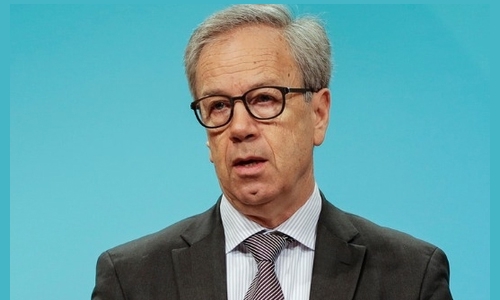Norway hikes interest rate, bucking global trend
Norway’s central bank raised its key interest rate yesterday and said it would continue to tighten its monetary policy due to the strength of the Scandinavian country’s economy, in contrast to a slowdown in much of the rest of the world. The key rate was hiked by 0.25 points for the second time in six months, rising to 1.0 per cent. “Our current assessment of the outlook and balance of risks suggests that the policy rate will most likely be increased further in the course of the next halfyear,” the bank’s governor Oystein Olsen said in a statement.
The bank said that the “upturn in the Norwegian economy appears to be stronger than anticipated earlier”. Analyst David Oxley of Capital Economics said that the increase had been expected after policymakers signalled they would raise rates at their last meeting in January. “However, the more hawkish stance adopted by the bank, saying that the next hike will ‘most likely’ be in the second half of 2019 has caught the market on its toes,” he said. “Having already risen strongly against the euro this year, the Norwegian kroner surged by one percent against the single currency after the decision.”
Rising oil prices have propelled the economy of Norway, the biggest oil and gas producer in western Europe. The country’s so-called “continental” GDP, which excludes the oil and shipping sectors, is expected to grow 2.7pc this year and 2.5pc in 2020, according to estimates released by the government this week. The strong growth stands in stark contrast with the rest of Europe and the United States, where recent downbeat data and signs of a global slowdown have led to cautious stances by central banks.
Norway’s decision came after the US Federal Reserve surprised economists on Wednesday by indicating it will not raise interest rates this year, after previously forecasting two hikes. The Swiss National Bank meanwhile opted to leave its own rates unchanged. In September Norway’s interest rate was increased for the first time since 2011 after hitting a record low following the effects of the 2008 financial crisis and plunging oil and gas prices.
Related Posts

